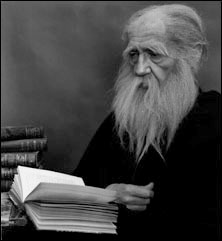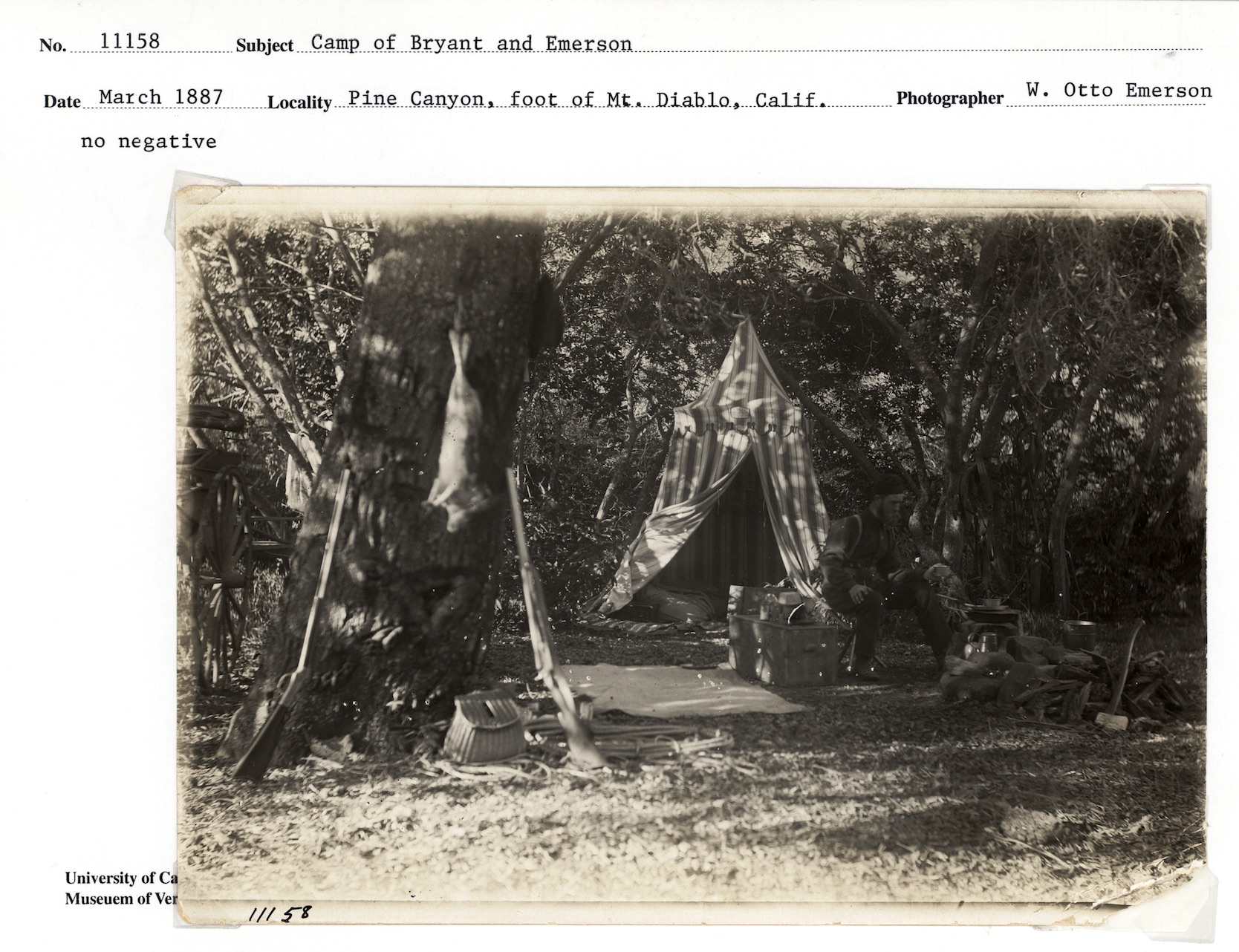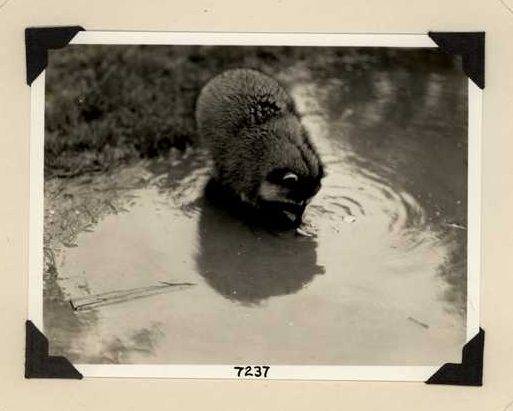Written by Helen Yang, a fourth year student participating in the IMLS, “Strategic Stewardship for Sustaining the Archives of the Museum of Vertebrate Zoology” project.
Richard “Dick” Marshall Eakin was a professor in the zoology department at UC Berkeley. He became an instructor in 1936 after having received his PhD at UC Berkeley as well. In 1970, concerned with the decreasing attendance levels in his class, he came up with the idea of giving lectures dressed as historical scientists. His first impersonation was of William Harvey – the scientist who discovered the circulatory system – and involved a cow’s heart and tomato juice to simulate blood. He was dedicated to making his performances realistic and engaging, investing in drama classes, makeup artists, wigs and props. A typical course’s lineup would include William Harvey, William Beaumont, Hans Spemann, Gregor Mendel, Louis Pasteur, and Charles Darwin.

Richard M. Eakin, dressed as Charles Darwin. Photo by O. P. Pearson, 1971.
Needless to say, Eakin’s performances generated much attention throughout the years. His impersonation lectures were extraordinarily well-attended; even faculty and students who were not in the course would attend, filling the room so that people had to stand in the aisles. He was featured in publications internationally and guest lectured in universities nationwide. Photos and text from his lectures were compiled into a book called Great Scientists Speak Again. In his own words, “If I, acting as the professor, tell them the facts, I can impart knowledge. But when the people of science come before them and use the same words, they have more meaning.”
He wasn’t just known for being a character (or several) – he was a well-respected researcher who published many studies on reptiles and amphibians, with a particular interest in embryology, photoreceptors, and the parietal eye. Over the years he received a whole host of awards and recognition, including the Berkeley Citation, one of the highest awards given to Berkeley faculty. He helped tremendously in building up Berkeley’s zoology department, including serving as department chair for over 10 years, helping to establish field stations and research laboratories, and publishing an account called History of Zoology at Berkeley. As such, he had a healthy correspondence with the MVZ, spanning from 1934 to 1981 and concerning all manner of zoology-related business. He died in 1999, but his legacy lives on in his publications, his correspondences, and the impact he had on the lives of his students.
References:
“Richard Marshall Eakin.” SF Gate, http://www.sfgate.com/news/article/Richard-Marshall-Eakin-2892225.php (accessed 17 April 2017).
Sanders, Robert. “Richard M. Eakin, a zoology professor who enthralled UC Berkeley students with costumed lectures, is dead at 89.” University of California, Berkeley, http://www.berkeley.edu/news/media/releases/99legacy/12-01-1999b.html (accessed 17 April 2017).




